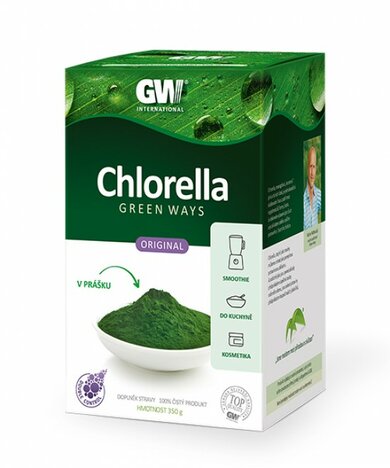Chlorella has 11 times more calcium than cow’s milk! The correct ratio of 1: 1: 1 calcium, sodium, magnesium is also important for the correct absorption of calcium. Vitamin K2, vitamin D, vitamin C are also all are contained in chlorella pyrenoidosa.
Magnesium – supports nerve and muscle activity, is essential for the conversion of sugars into energy
Manganese – supports memory and metabolism, as well as hormonal balance in the body
Phosphorus – important for the strength of teeth and bones, and for nutrient metabolism
Potassium – sugar metabolism, removal of waste from the body, stimulates mental activity, fluid balance in the body Iodine – energy metabolism
Copper – helps absorb iron
Selenium – protects the body from premature aging
Zinc – key for sexuality and reproduction, with antioxidant effectsIron – necessary for the transfer of oxygen through the blood
Sodium – important for nerve impulse transmission, muscle work, and fluid balance Calcium – necessary for building bones and teeth, normalizes nerve and muscle functions
The chlorella minerals bind organically and are usable in a maximal manner.
Minerals isolate heavy metals from the body.
Minerals help the cells absorb water, allowing toxins to be flushed out.
With sufficient minerals, toxic substances are less well incorporated into the body.





